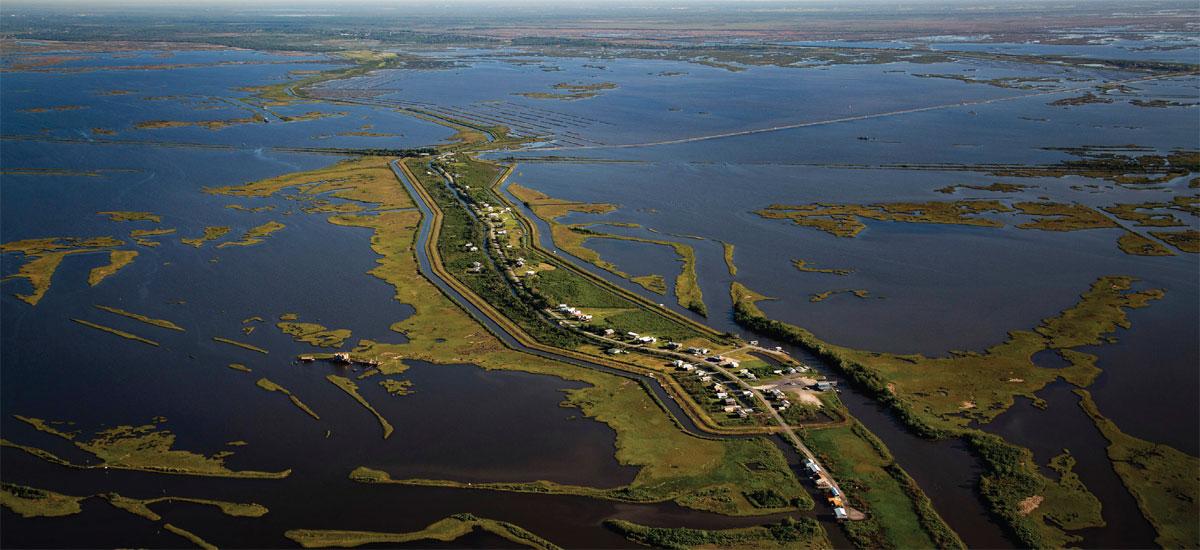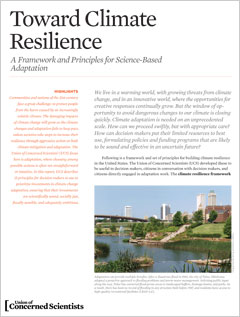Communities and nations of the 21st century face a great challenge: to protect people from the harm caused by an increasingly volatile climate.
The damaging impacts of climate change will grow as the climate changes and adaptation fails to keep pace, unless societies take steps to increase their resilience through aggressive action on both climate mitigation and adaptation.
This report focuses on adaptation, where choosing among possible actions is often not straightforward or intuitive, and highlights 15 principles for decision makers to use to prioritize investments in climate change adaptation.

Narrowing the climate resilience gap
The climate resilience framework outlined here reflects the idea that climate change policy should “manage unavoidable changes and avoid unmanageable ones” and describes how policies can best meet these goals.

It starts with the concept of a climate resilience gap, which is defined here as the scope and extent of climate change-driven conditions for which people (individuals, communities, states, and even countries) remain unprepared, leaving them open to potentially harmful impacts.
Responding to climate change requires us to narrow the climate resilience gap through action on both climate mitigation and adaptation.

Principles
The report outlines 15 principles that are designed to be used by decision makers and practitioners from the local to the federal level.
They are structured around three basic themes: science, equity, and commonsense ambition.
The application of these 15 principles can help to ensure that actions taken in the United States in the name of climate adaptation are scientifically justified, ambitiously conceived, and equitably implemented.
For a complete list and full details of these principles, please see the full report.







